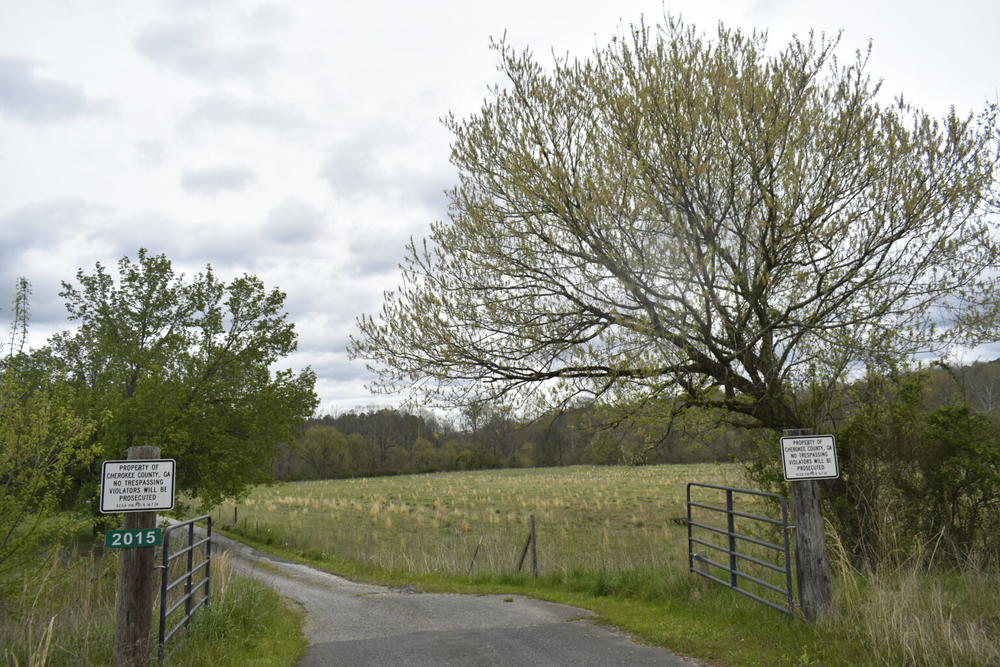
Caption
Cherokee County officials are hoping this will soon be the entrance to an outdoor recreation center. Critics question whether funding for such projects should come from local counties rather than a state program aimed at preserving wildlands.
Credit: Ross Williams/Georgia Recorder

